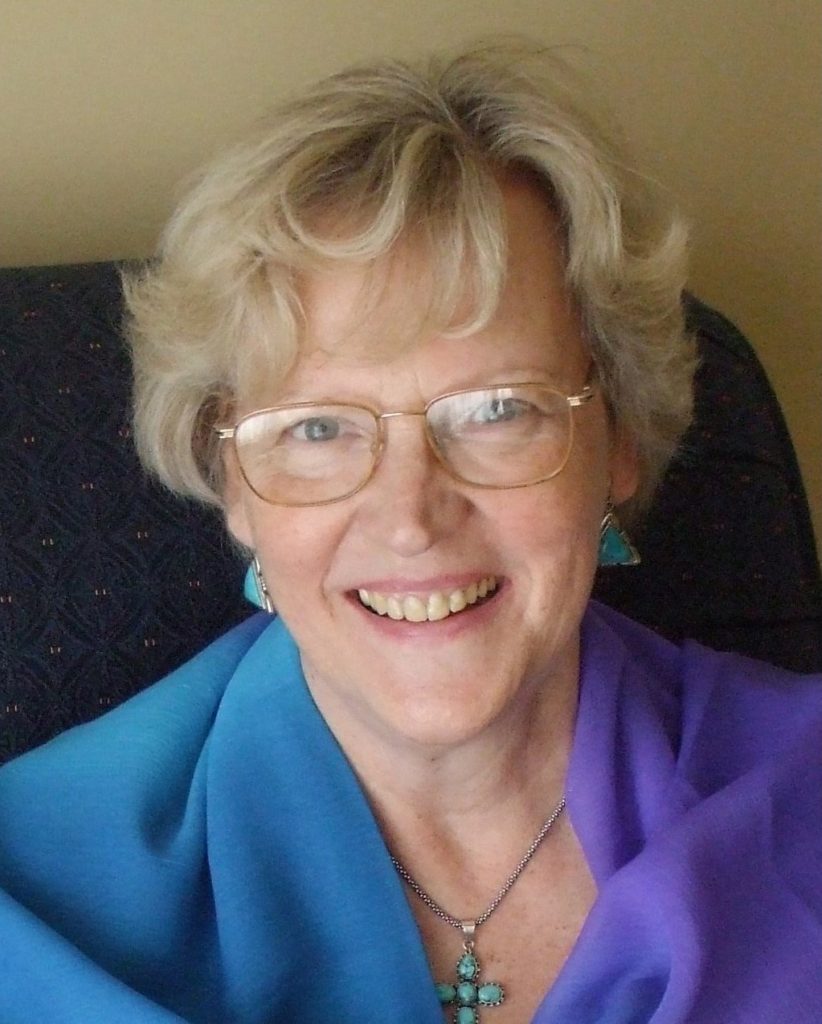Having described the ‘mountain top’ it is time to go back to the marketplace.
Let’s revisit the Desert Fathers and Mothers, who in the writings of John Cassian so inspired John Main.
In the 4th century many Christians moved into the Egyptian Desert with the aim of leading an authentic devotional Christian life there. This has to be seen primarily as a reaction to the situation in which Christianity found itself shortly after becoming the official religion of the Empire. When Constantine declared tolerance for the Christian religion in 313 after his conversion at the battle of Melvian Bridge and subsequently supported the outcome of the Council of Nicaea in 325, the number of practising Christians rose in the following decades from 3 to 30 million. It became quite advantageous to be a Christian, as Constantine was pouring money into building Churches and supporting the bishops financially, a fact that changed the whole character of the early Church. St John Chrysostom expressed his dismay at this change quite forcefully in his Homilies in Ephesus: “Plagues teeming with untold mischief have come upon the churches. The primary offices have become marketable. Excessive wealth, enormous power, and luxury are destroying the integrity of the Church.” Not only were some committed Christians disturbed by the position Christianity now occupied, but they were also appalled at the increasing decadence of society: “Society was regarded (by the Desert Fathers) as a shipwreck from which each individual man had to swim for his life.” (Thomas Merton)
This induced them to go and live out the gospel message in the solitude of the Egyptian desert with St Paul’s saying as their rule of life: “Do not be conformed to this world but be transformed by the renewing of your minds.” (Romans 12:2).
Moreover, early Christians saw martyrdom as a way of truly following Christ. Since Constantine’s adoption of Christianity, persecution had ceased. Those choosing to withdraw to the desert saw going there and giving up all that was considered to be essential in life – family, marriage, an active function in society and owning property – as an alternative kind of martyrdom, a ‘white’ martyrdom as opposed to the ‘red martyrdom’ of the real martyrs. The Life of Pachomius describes the effect that the martyrs had on the faith of Christians and the life they wanted to lead: “Faith increased greatly in the churches in every land and monasteries and places for ascetics began to appear, for those who were the first monks had seen the endurance of the martyrs.”
Moreover, there has always been a strong tradition of retiring from ordinary life into the desert in the Judeo-Christian tradition; we just need to think of Moses, Elijah, John the Baptist and Jesus himself. St Paul too is reported to have retired to Arabia for three years after his visionary experience of Jesus on the road to Damascus, trying to make sense of this revelation. The desert represented for spiritual seekers not only a symbol of but also an actual manifestation of God; it was similarly immense, awesome, grandiose, limitlessness and unfathomable, causing an immediate response of wonder, the only appropriate response to the Divine: “Only wonder can comprehend his incomprehensible power” (Gregory of Nyssa)
However, the need for withdrawal and intensifying one’s spiritual practice was not just a reaction to the situation, in which the early Christians found themselves; it also seems to be a natural development that happens over time on the spiritual path. We too withdraw into the silence and solitude of our heart every time we meditate.
According to all accounts St Mark was a disciple of both Peter and Paul, as they wandered around the Mediterranean evangelising. He was in Rome as a follower of Peter, where he was ordained by him. He reached out to Africa and especially Alexandria, where he became the bishop and was martyred in 68 CE. The Coptic Church therefore looks back to St Mark as its founder. His teaching was largely based on that of St Peter, which to some extent explains the Copts’ literalist approach to the Christian faith. The early Coptic hermits in the Egyptian desert in the 4th century were often illiterate and acquired their biblical knowledge orally – we are still in a predominantly oral culture – they took Scripture literally and saw God in a decidedly anthropomorphic way.
Many educated monks soon joined these early Coptic monks. These were the ones, who were greatly influenced by the teaching of Origen (c 184 – 253) and were therefore known as the ‘Origenist’ monks; Evagrius and Cassian belonged to this group. They believed, unlike the Coptic monks, that humanity was essentially good and that the soul had an unambiguous likeness to the Divine. Through purification of the emotions and contemplation human beings were – with Christ as intermediary – capable of ascent to and union with God, who could not be captured in thoughts, words and images.
However different their theology may have been, their actual teaching – preserved in short sayings that show deep psychological insights – was similar, as it was based on the same practical experience of a life of deep prayer in silence and solitude, as we shall see next week.







